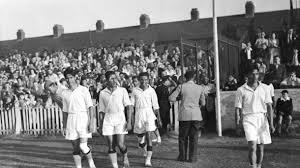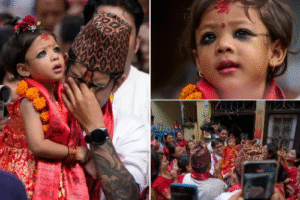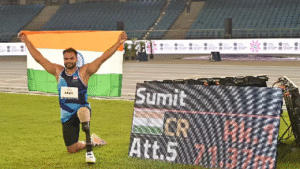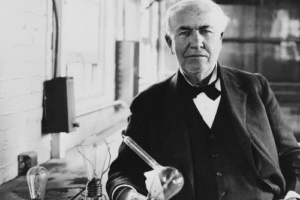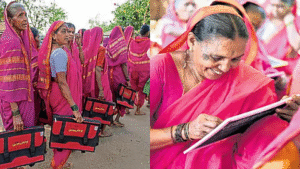The history of India’s participation in Olympic football, particularly in the early years, is a fascinating and bittersweet one. Let’s delve deeper into the details you’ve provided:
Captain: Talimeren Ao, an iconic figure in Indian football, hailing from Nagaland, was the captain of the Indian team during the 1948 London Olympics.
Barefoot Players: A notable aspect of the 1948 Olympics was that India’s players competed barefoot, which is still remembered as a symbol of the team’s grit and determination. They didn’t have proper football boots, but still, the players played with immense spirit.
Result: India played against France in the first match and lost 1-2.
Goal Scorer: Sarangapani Raman scored India’s lone goal in the match.
Significance: Despite the loss, India’s Olympic debut in 1948 was a proud moment in the history of Indian football. The team’s performance, especially given the conditions they were playing under, was a testament to their determination.
India continued to participate in Olympic football after 1948 but faced tough competition. Here’s a look at their results over the next few Olympics:
Result: India lost 0-4 to Hungary in their first match.
Key Moment: Despite their loss, India managed to hold their own against strong European sides. The tournament served as a learning experience, but the team struggled to make an impact on the global stage.
Result: India performed much better, reaching the semifinals. They had a remarkable win over Australia (4-2) with Neville D’Souza scoring a historic hat-trick, but lost to the Soviet Union in the semifinals (2-1). India finished 4th.
Key Moment: India’s strong showing in 1956, especially their victory over Australia, remains one of the country’s best Olympic performances.
Result: India lost 2-1 to France in the first round.
Key Moment: Despite the loss, the Indian team put up a spirited performance, but they were eliminated early.
Matches Played: 8 matches across four Olympic Games (1948, 1952, 1956, and 1960).
Record: 1 win, 1 draw, 6 losses.
Goals Scored: 10 goals.
Goals Conceded: 27 goals.
After the 1960 Rome Olympics, India’s football team struggled to qualify for future Olympic tournaments. Despite being a strong force in Asia and winning several regional tournaments, India found it increasingly difficult to make it through the pre-Olympic qualification rounds.
1964 Tokyo Olympics and Beyond: Although India continued to be a dominant force in Asian football in the 1960s (winning the 1962 Asian Games and performing well in other regional tournaments), they were eliminated in the pre-Olympic stages in subsequent Olympic cycles.
The End of an Era: The 1960s marked the peak of India’s Olympic football journey. After that, Indian football saw a decline in global competitiveness, partly due to the rise of professional leagues and the changing dynamics of world football.
Talimeren Ao and the 1948 Team: The 1948 team, under the leadership of Talimeren Ao, is still remembered with great pride. The team’s spirit and the fact that they competed barefoot against top footballing nations are seen as symbols of Indian resilience in sports.
1956 Olympics Performance: The 1956 Olympics was a high point in India’s Olympic football history. Reaching the semifinals and D’Souza’s hat-trick against Australia are still celebrated as iconic moments in the country’s football legacy.
While India did not achieve major success on the Olympic stage after 1960, these early campaigns in the Olympics, especially in the 1950s, were crucial in putting Indian football on the global map and inspiring future generations of footballers.
